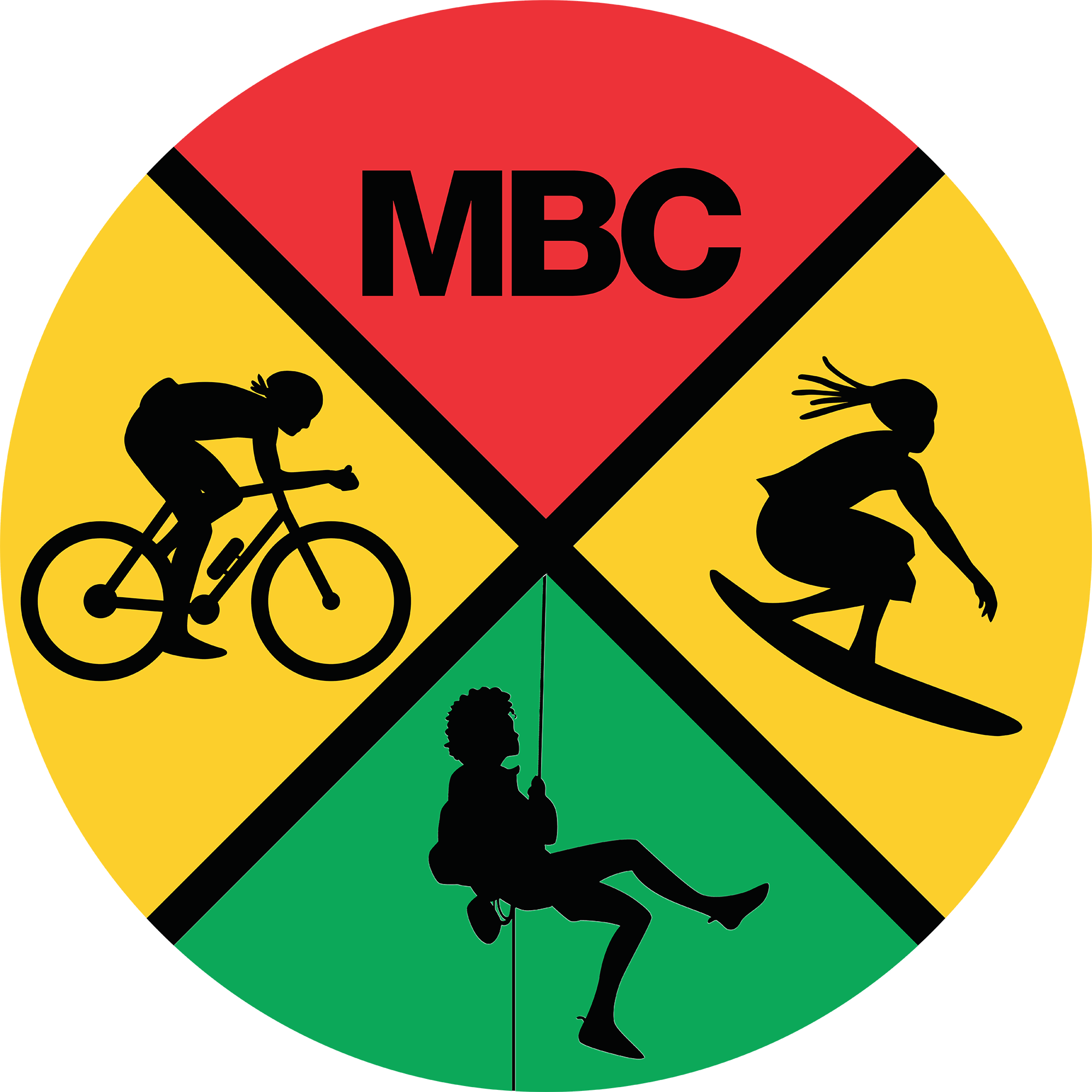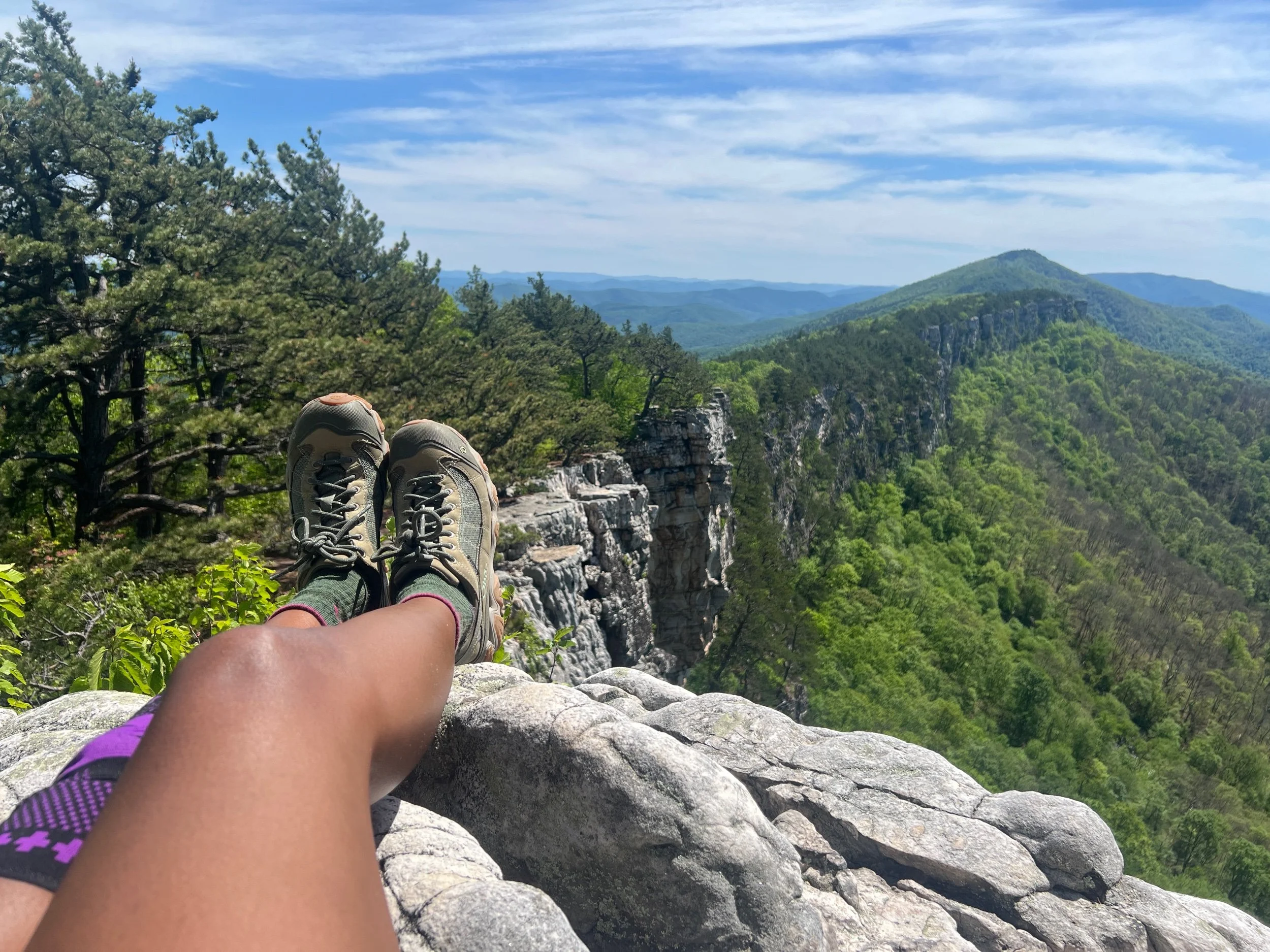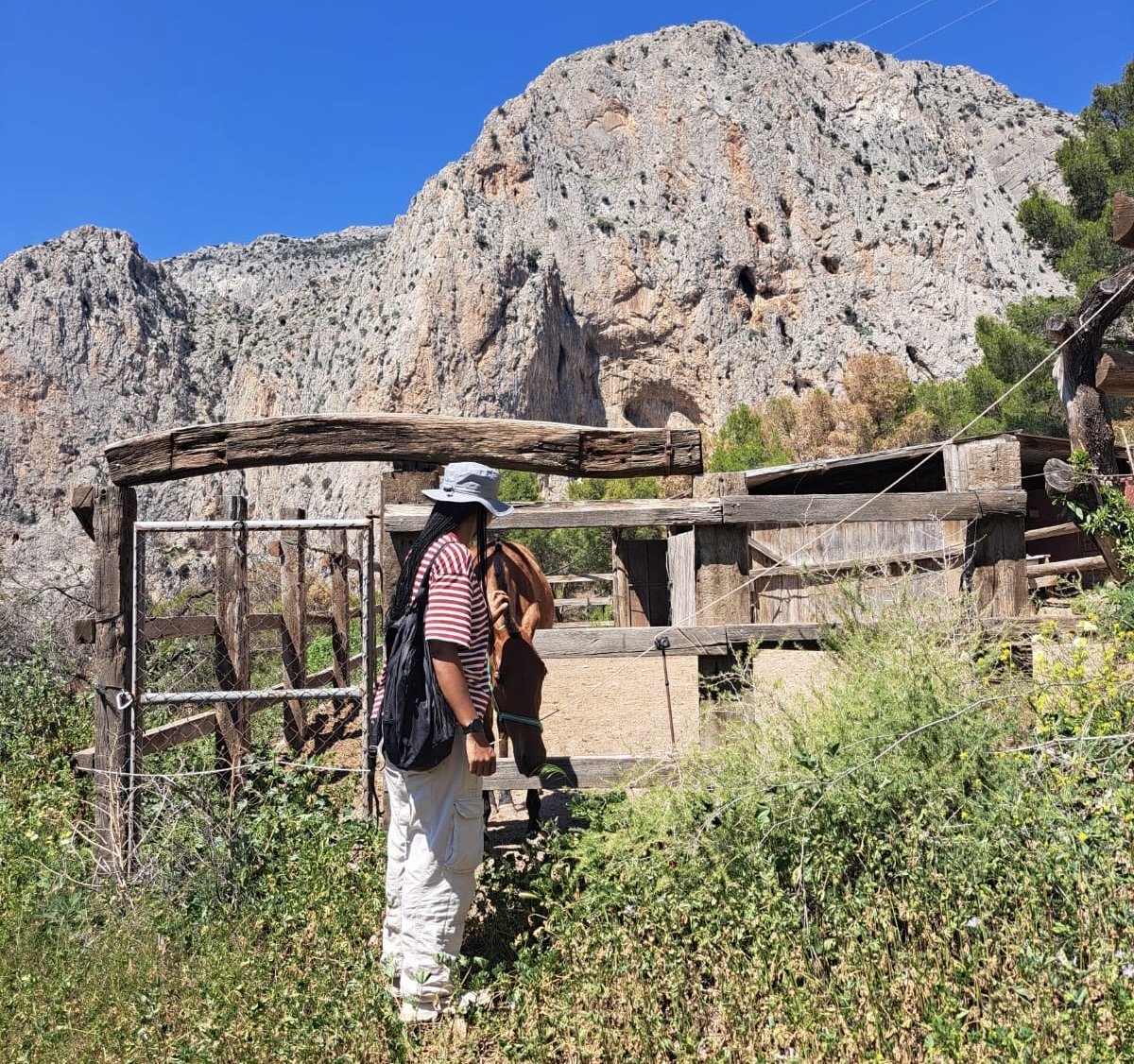Staying Safe As a Black Woman Solo Hiker
Exploring the trails on the Virginia side of Great Falls Park. Photo by David Mckoy.
Safety is always a consideration if you recreate outdoors. And because I am a Black woman, my gender and race will always mean that I face more threats for existing while doing something as simple as taking a hike. It’s a reality I don’t forget, but I never let it deter me from going on adventures.
I love to kayak, climb, hike, and camp, and I’m often solo in the outdoors. I love being in the woods so much; I don’t wait for someone to come along, because if I did, I’d rarely go. I’m busy. My husband is busy, and so is everyone else I love.
And that’s okay. I enjoy company, but I do some of my best decompressing alone in nature. While I hike, as a journalist, I listen to news and podcasts from experts on topics I cover. Nature soothes me, as I take in updates both angering and sad. At times, I’m unplugged, and that’s productive, too.
Roaming like a lone woodland fairy is the best. But there’s no denying that there’s safety in numbers. I’ve had a few unpleasant experiences.
While unloading my kayak one afternoon in the James River Park System in Richmond, Virginia, I noticed I was being watched by a man who was fishing near the boat ramp. I ignored it, but it was a little unsettling. If you like what you see, glance and keep it moving, don’t leer. After a great flatwater paddle on the James, I came back to a note on the windshield of my Jeep. He wrote that I was beautiful, he was watching me, and he had to mention all this. I was icked out and had some second thoughts about venturing alone. But I shook it off. It was daylight, early afternoon, and my husband knew where I was.
Despite the occasional weird run-in, I often feel safer in remote wildernesses and even in large urban parks than I do walking down a city or suburban street. Fewer people may mean fewer threats. I’ve also met far more good people than bad on the trails, and I think most people just want to enjoy the outdoors and mind they own business.
Violet, the white collie, and Dottie, the black pitbull, share a stick at Pony Pasture, Richmond, Virginia. Photo by Leah Small
But it only takes one bad person to ruin a good day outdoors by not respecting boundaries (like boat-launch-perv) or to end your life. Sadly, as a Black woman, my risk of being the victim of violence is higher. That fact isn’t going to change. I can either enjoy my life doing what I love, or sit at home worried about getting assaulted or worse. I choose to take common sense precautions, trust my gut, and hope for the best. But that doesn’t mean I’m never afraid.
“I choose to take common sense precautions, trust my gut, and hope for the best.”
A knee on the neck of a man who was another Black woman’s son shows me that it has always been dangerous to live in a Black or brown body. During the height of the Black Lives Matter movement, I was on high alert while exploring wilderness areas surrounding politically red locales in Virginia. Hell, we know you can’t even go birding while Black or out for a jog.
During one of the most dangerous moments in my life, racism and sexism intersected. In 2015, a year before MAGA furor raged during President Trump’s first campaign, I was reporting for The Progress-Index newspaper, founded in 1865 in Petersburg, Virginia. The small southern city had an outsized role in civil rights history.
I was one of several journalists covering a string of pro-Confederate flag rallies in central Virginia, protesting the banning of the Confederate flag from government use in many southern states. State leaders in the South banned the flag in response to the murder of nine people by white nationalist Dylan Roof at the historically Black Emanuel African Episcopal Church in Charleston, South Carolina. Virginia had begun the process of removing the Confederate flag from state-issued license plates.
In summer heat as high as the racial tensions, a photographer, who is a white man, and I were in my car following a convoy of cars and lifted trucks, most flying the Confederate flag, during a weekend rally. I remember interviewing them at one of their stops. They spouted that heritage-not-hate garbage. At some point in the afternoon, the convoy stopped for lunch at a local sports bar. My colleague and I were hungry, so we stopped to eat and people-watch.
Shorebirds I spotted from my kayak on the James River, Newport News, Virginia. Photo by Leah Small.
As I sipped sweet tea and downed brisket, (I’m pescatarian now, go figure.) I noticed one of the Confederate flag-wavers staring at me. He approached our table from the other side of the dining room, maintaining his glare. I saw he was wearing a sidearm. He made small talk with us and mentioned how he wasn’t a racist.
Then, he said something crude and unexpected. In brief, sanitized language, I’ll just say he asked if the photographer was planning on performing oral sex on me later. His words were directed at my colleague, but his eyes were still trained on me. I felt he was baiting me to respond, as if he wanted me to blow up into an angry Black woman caricature. The photographer was red-faced and clearly furious.
The Confederate flagger seemed amused at his crass joke and I felt so disgusted. I decided the best tactic was to ignore him, change the subject, and speak to and look only at my colleague. After standing there awkwardly while we ignored him, he walked away. I was relieved.
I didn’t realize how much danger we were in, covering the rally and eating at the restaurant, until years later when I saw his mugshot. I felt my stomach drop. The Confederate flagger was arrested in 2020 and served time for driving his vehicle through a crowd of Black Lives Matter protesters.
I was fortunate I didn’t meet him solo on the trail.
The experience has made me more cautious, and I am more thoughtful about how my sex and race expose me to threats. But I keep hiking wherever and whenever I want, solo or not, in protest of racists and sexists. I refuse to be cowed.
Not too many decades ago, segregation would have barred me from many parks and natural areas. Shit, Black people’s ancestors fled to freedom through woods that are probably now part of recreation areas and national forests. We’re entitled to enjoy these lands. And as a woman, I’ll take my chances with the bears. We out here, whether they like it or not.
Four things I do to stay safe while solo on the trails:
I always let someone know where I am going. This one is super important. I usually give this person a heads up on when to expect me home.
I carry a trail map. A hiking GPS is also a great idea. Better yet, learn more about orienteering if you plan on really getting into backcountry exploration. Admittedly, I could do better in this area and I plan on taking some hands-on classes at a local college!
I go with two of my four dogs. I don’t expect my fur babies to protect me, but they can be great deterrents and alarm systems. Their heads stay on a swivel!
I am very honest about my abilities. I don’t explore solo beyond what I can handle. For example, I stick to established trails and don’t tackle long backpacking trips alone. I know I can work up to bigger trips and hikes as my skills improve, and that keeps me excited and growing!















I can either enjoy my life doing what I love, or sit at home worried about getting assaulted or worse. I choose to take common sense precautions, trust my gut, and hope for the best. But that doesn’t mean I’m never afraid.